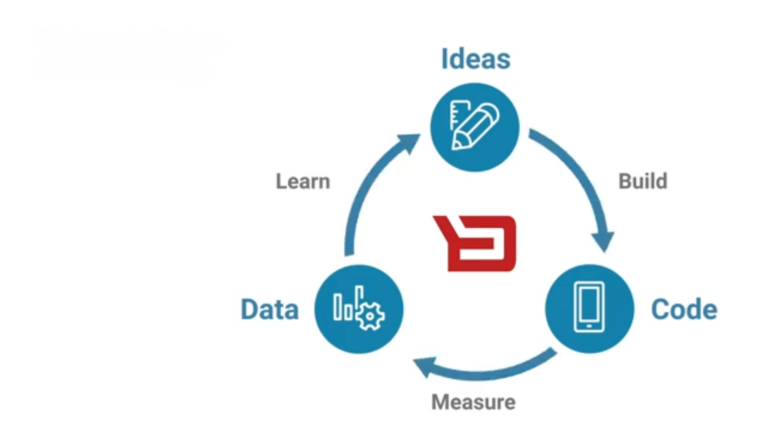Finance | Building a strategy to pay down debt
The first strategy to pay off debt fast is to create a budget. A budget tells you where your money NEEDS to go, you need to list all your income & outgoings for the month and make it balance.
Your budget should take into account the following information:
- Your income
- Fixed Expenses
- Discretionary Expenses
- Saving
- Debts
Lower Your Expenses
While you are in debt it is best to throw as much at it as possible. To do this think about what you really NEED and not what you WANT. Do you need an expensive TV package, a gym membership or charity donations. Can you reduce your insurance or car expenses?
You budget will show you were you are spending your money and the areas you can cut back on.
Increase Your Income
Increasing your income is a good way to repay your debt. You can ask for extra hours at your job, take on a second job if it will be possible, sell your things, take online surveys, take on a bank job or anything else your skills will allow.
I do online surveys as well as work on the bank at the local hospital.
Pay More than the Minimum Payment
Always make sure that you are paying at least the minimum on all your debts. Doing this will avoid late fees, defaults and can improve your credit history.
Paying more each month will reduce the amount you pay in interest in the long run.
Debt Snowball or Avalanche Method
Once you have worked out a budget and figured out you can pay more than the minimum to your debts you can start on paying it down.
According to Dave Ramsey the debt snowball method is:
The debt snowball method is a debt reduction strategy where you pay off debts in order of smallest to largest, gaining momentum as each balance is paid off. When the smallest debt is paid in full, you roll the money you were paying on that debt into the next smallest balance.
It looks something like this:
Step 1: List your debts from smallest to largest.
Step 2: Make minimum payments on all your debts except the smallest.
Step 3: Pay as much as possible on your smallest debt.
Step 4: Repeat until each debt is paid in full.
The avalanche method is classed as the following:
A method of repaying debts in which a debtor allots enough money to make the minimum payment on each debt, then devotes any remaining debt-repayment funds to repaying the debt with the highest interest rate. Using the debt avalanche method, once the debt with the highest interest rate is completely paid off, the extra repayment funds go toward the next highest interest-bearing debt. This process continues until all the debts are paid off.
Each method will have you paying off your debt in the same amount of time but with the avalanche method you will be paying less overall.
I personally am using the second method.
Stop Using Credit Cards
To be able to truly clear your debt you need stop spending on your cards, if you don’t have the money for something then you can’t have it.
Cut your cards up, hid them in a draw, place them in ice in the freezer. Do anything to make sure they aren’t in easy reach. Once you’ve paid of a card cancel it. This in turn will improve your credit history.
Balance Transfer
If you are lucky enough to have a good credit history (I am not) then you could try to open a card with a 0% APR and transfer some or all your debt to it. Once you have done this make a plan to pay it off before the 0% runs out. You will need to look at the transfer fee and whether you will get a decent credit limit as well as how long the offer is for.
Change your Lifestyle
This strategy is a round up of everything already mentioned.
- Spend less than you earn
- Differentiate your wants from your needs
- Don’t try to keep up with others lifestyle
- Set long term goals



